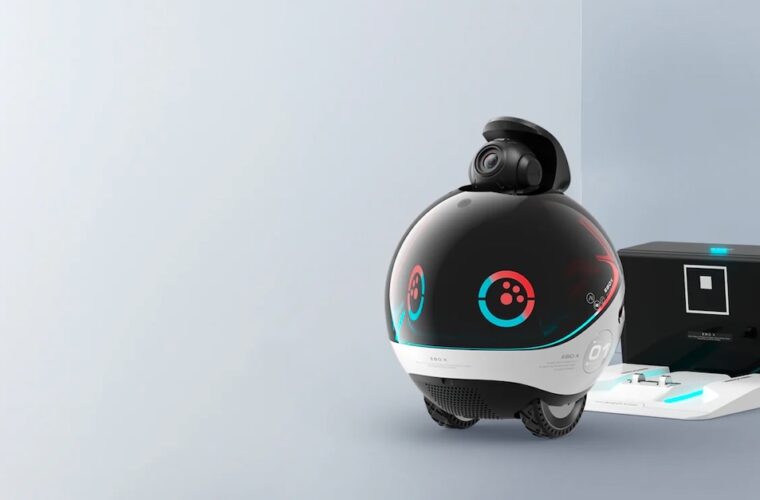Technology saves lives. It has already happened with smartwatches that can alert emergency services, with the Apple Watch’s SOS Emergency protocol that springs into action after falls and bumps being the most effective example. Besides watches, there is another category of devices that can prevent illness: the smart ring. I speak of the Oura Ring, the device to be worn on the finger that anticipated the wave of smart rings. Now in its fourth generation, the Oura Ring can tell you if you are about to fall ill. ‘Wearables will help people prevent, not react to, illness,’ said Harpreet Singh Rai, then CEO of Oura Ring, in 2021.
Three years later, prediction has become a reality thanks to Symptom Radar, a feature that can signal the presence of a respiratory illness. There is no diagnosis, as it does not tell you if you are about to fall victim to the flu or a cold, but it works as a spy for the body. Its job is to send a warning before the body shows the first symptoms. This is why it is a potentially very significant feature, as it warns about the immediate future, allowing you to implement useful choices and behaviours to avoid or mitigate the effects of the illness.
Prevention is better than cure
‘Through our research and scientific studies, we have observed that physiology starts to change a day or two before you start feeling symptoms,’ said Shyamal Patel, Oura’s chief scientist. He succeeds in this by analysing a number of parameters, such as body temperature trends, respiratory rate, resting heart rate and its variability, in order to detect significant changes from the user’s standard values. At that point, the user receives a notification from the ring based on the level of respiratory fatigue and physiological stress, with Oura recommending rest in case of abnormal values.
The algorithm performs the analysis on the user’s device without using the cloud. This means that response times are fast, and the data is also available offline. Another relevant detail is that the algorithm is designed to adapt to different physiological phases, for example, women’s menstrual cycle, so as to provide consistent analyses that also take into account differences between demographic groups.
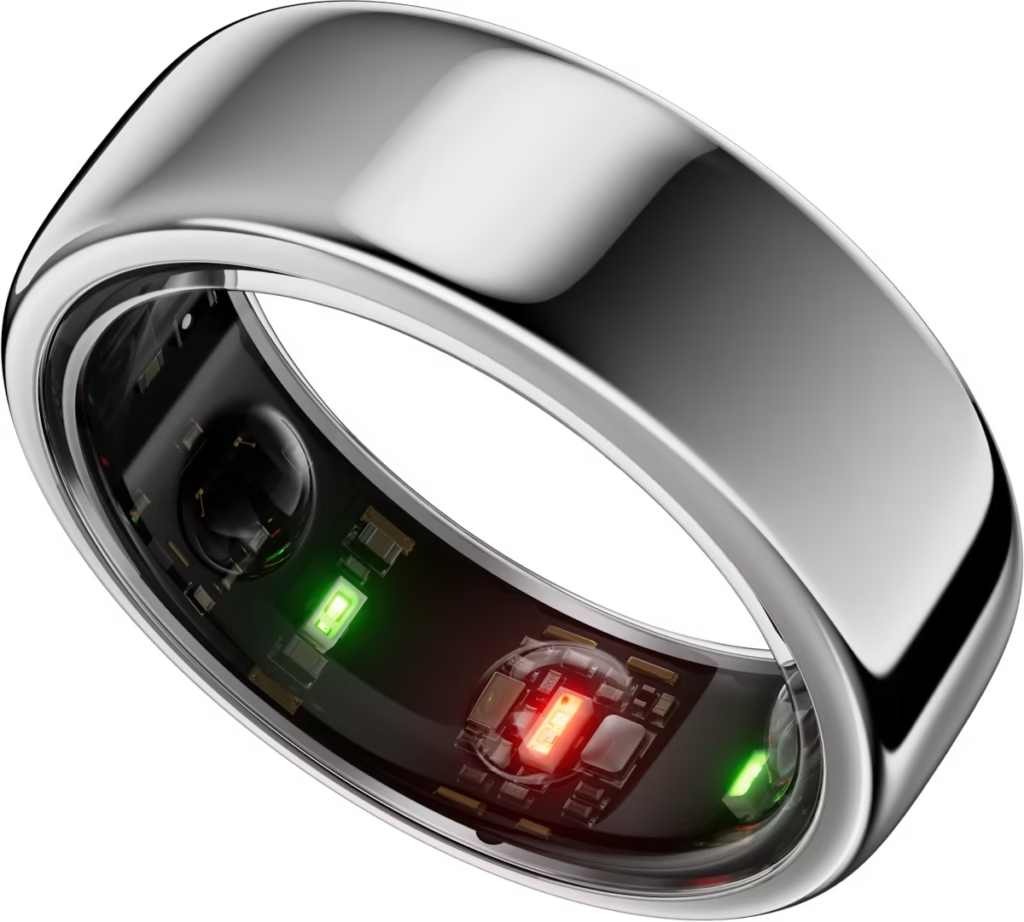
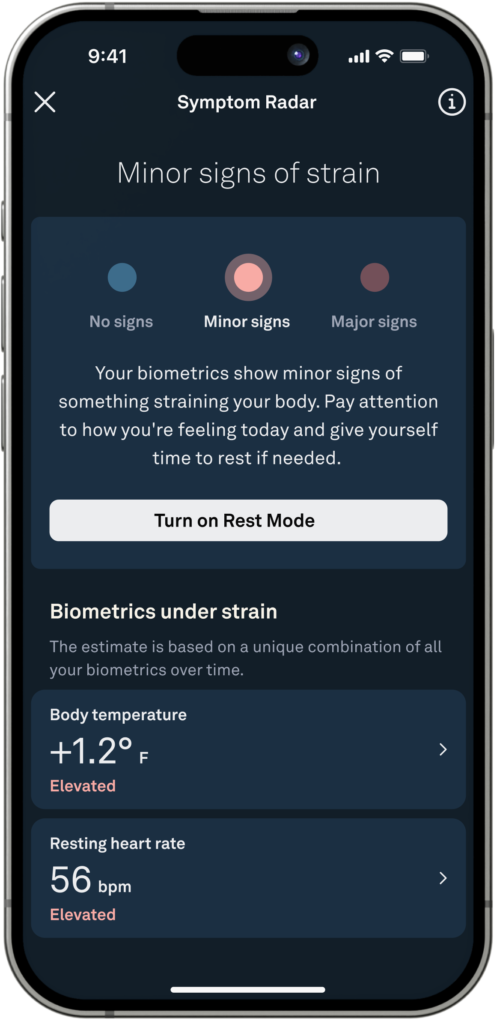
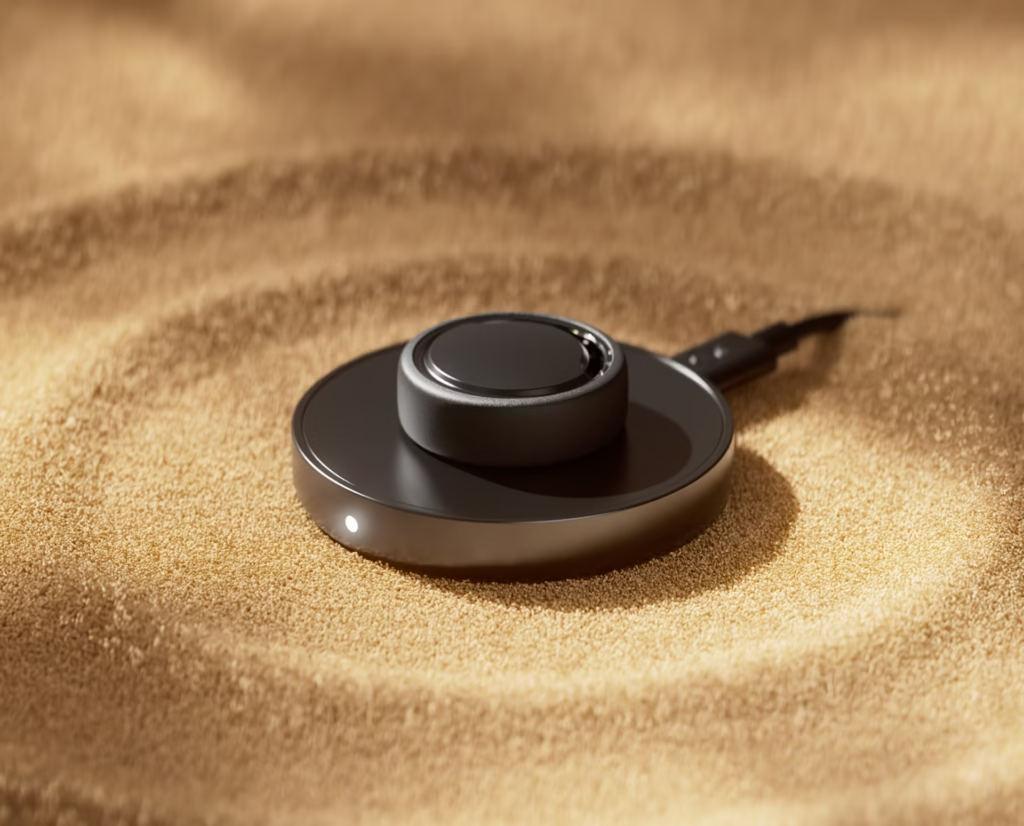
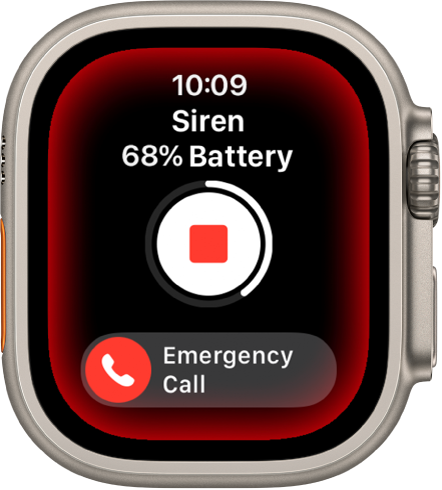
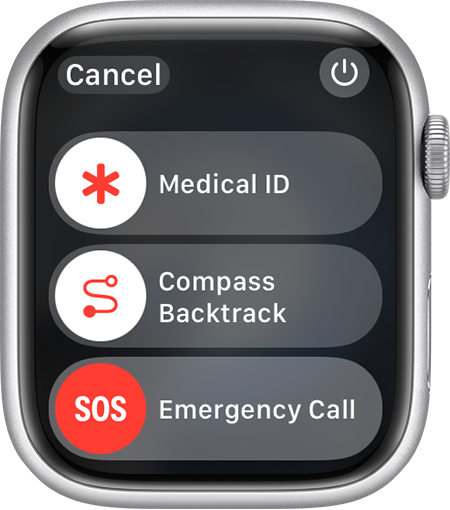
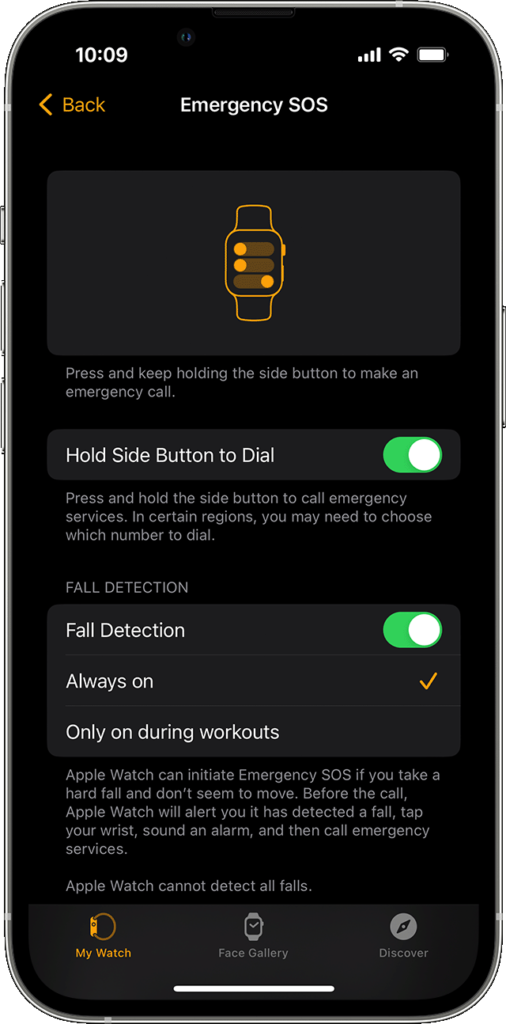
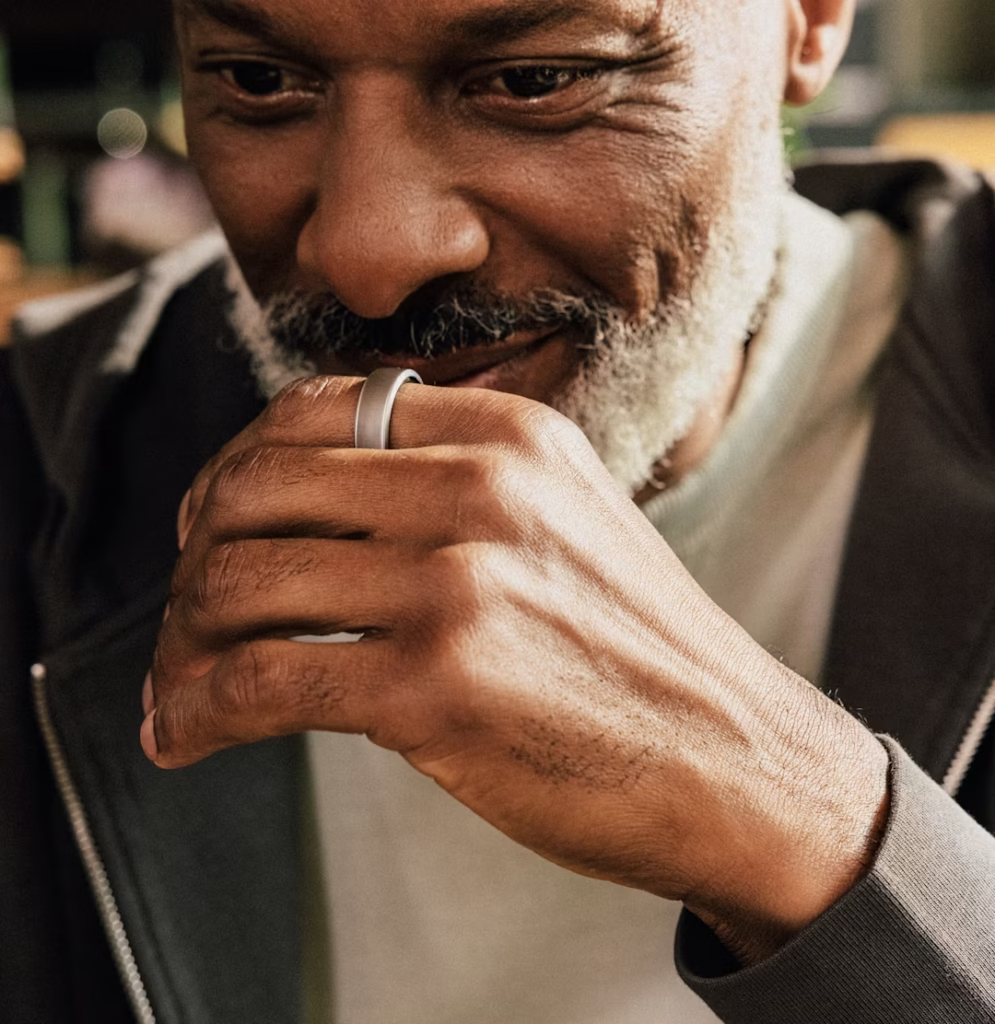
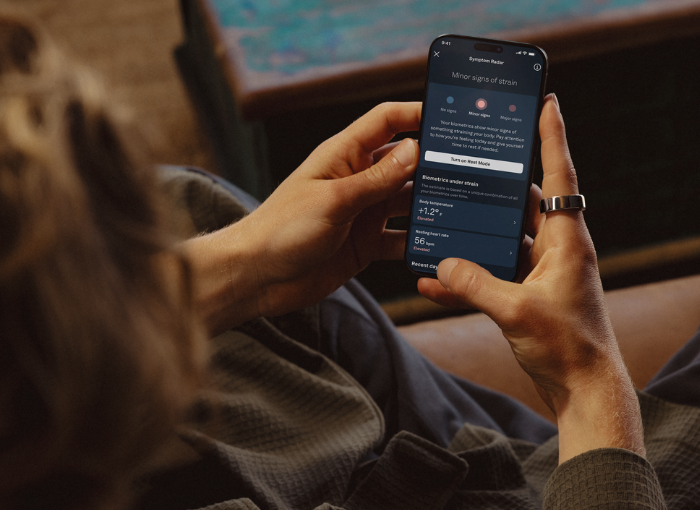
Symptom Radar is still in the experimental phase but promises to provide useful results to improve people’s lives. As explained by the company itself, the algorithm currently runs into some errors, with false positives and negatives reducing the accuracy of the system. The functionality is constantly evolving, and at the request of users, Oura has added a historical graph of measurements so that people can see their health trends over the long term, as well as daily risk variations, in order to have a complete overview of their condition. By reflecting on the parameters it assesses, signalling the onset of an illness, Symptom Radar can help identify the factors that debilitate the body and the elements that allow it to recover more quickly.
Developed after years of studies conducted in partnership with the University of California for the TeamPredict programme, launched in 2020 during the Covid pandemic, and later through feedback from beta testers in the Oura Labs programme, Symptom Radar is available to Oura Ring 3 and Oura Ring 4 subscribers. Reading their words, there is a conviction among Oura scholars and executives about the possibilities that this functionality could open up a new frontier for smart rings in predicting people’s illnesses. The hope is that they are right.


